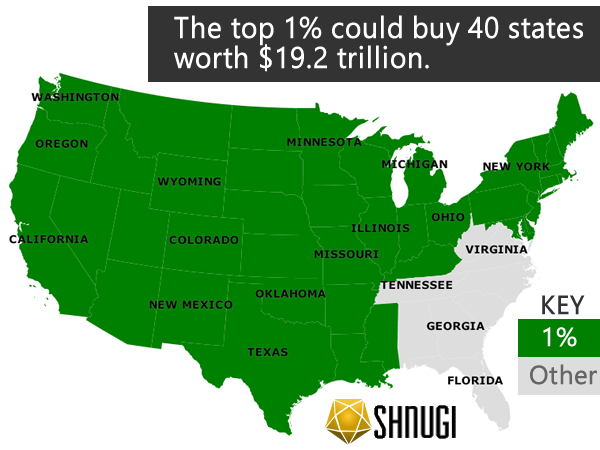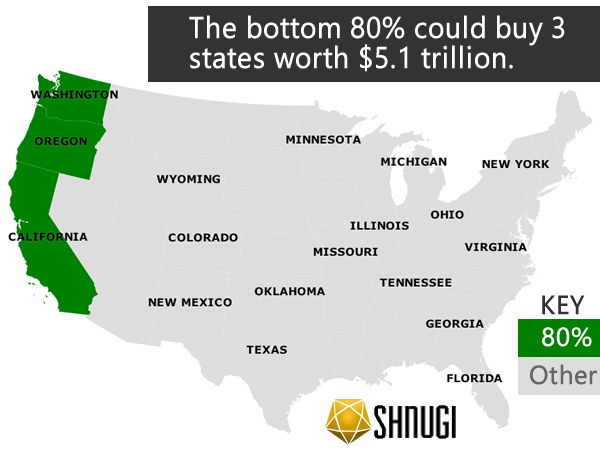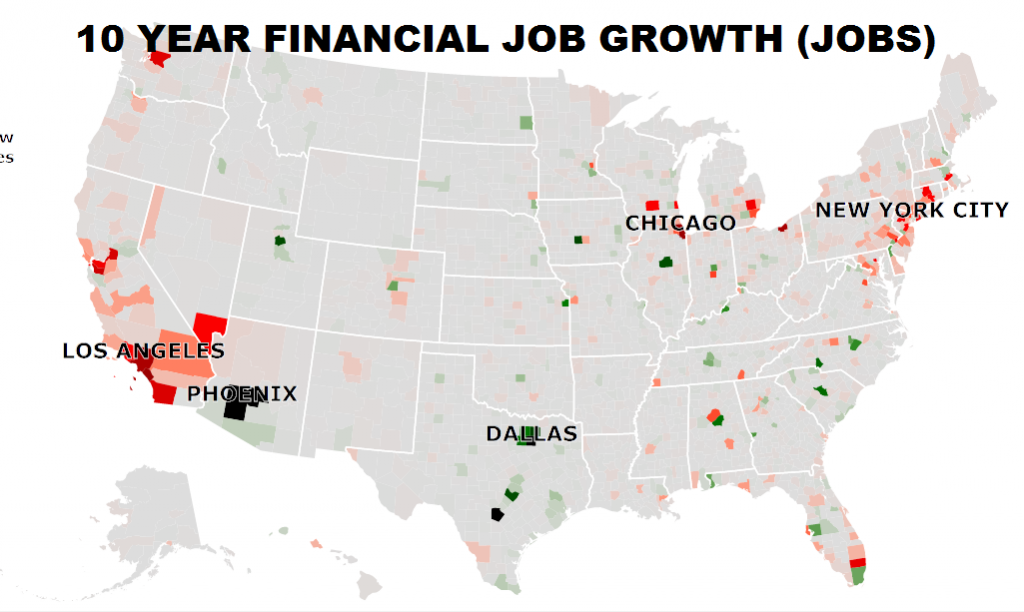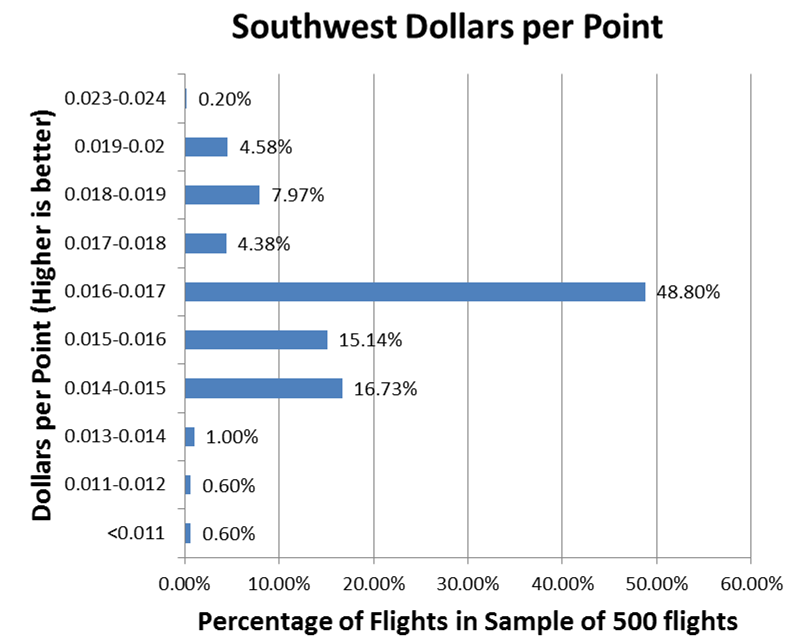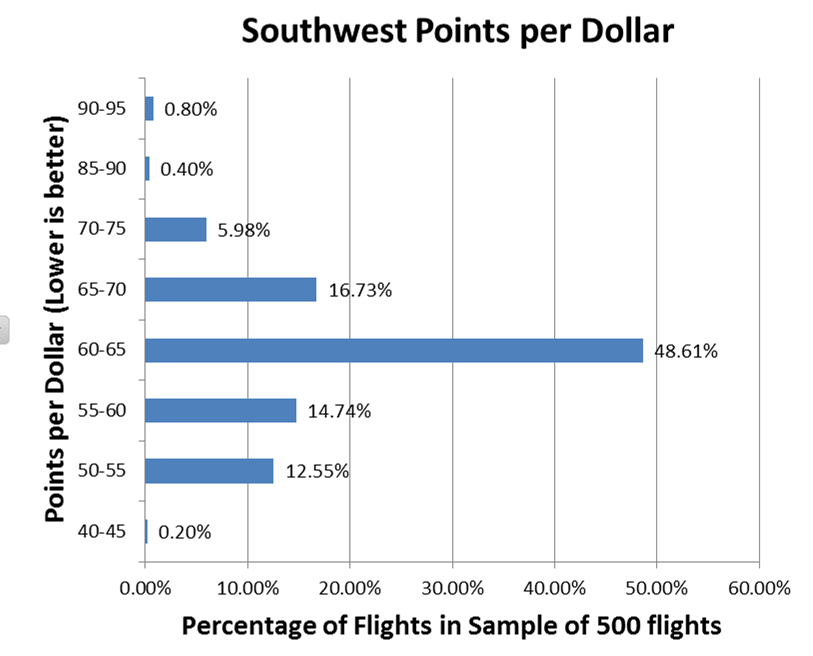I’ve had a rash of co-workers and Facebook friends posting about MLM’s like Rodan and Fields, Nerium, and It Works! So, I’ve been reading Lazy Man and Money’s blog posts about MLM’s, and decided to chart their self reported income disclosures visually. Visually looking at a graph can be very different than looking at a table of the same data.
MLM Income Disclosures
Each MLM must publish income disclosures to be compliant with governmental FTC regulations. These disclosures can tell you how much people are earning at each level of the company. For example, the top level at Rodan and Fields is the RFx Executive Consultant. According to Rodan and Field’s discolsures, 0.1% of all active distributors are at that level. That translates to one in a thousand distributors is an RFx Executive Consultant. The average annual earnings for the top 1 out of a 1,000 consultants was $661,474 in 2015.
In the charts below, are the distributor levels for R + F and It Works! with the percentage of distributors who in each level with their average earnings next to it.
Rodan + Field 2015 Income Distribution
It Works! 2015 Income Distribution
Note: The It Works! disclosure is reported in monthly values, whereas the previously mentioned R + F values were reported as annualized values.
Source: It Works! 2015 Income Disclosure
A special thanks to Jason Davies for posting his example of a D3 stacked population chart that I modified for this.

